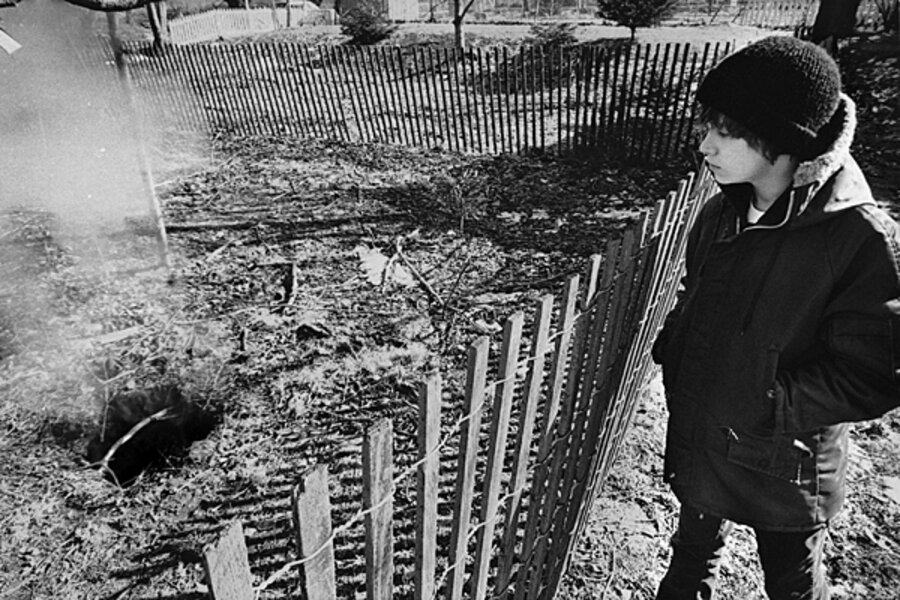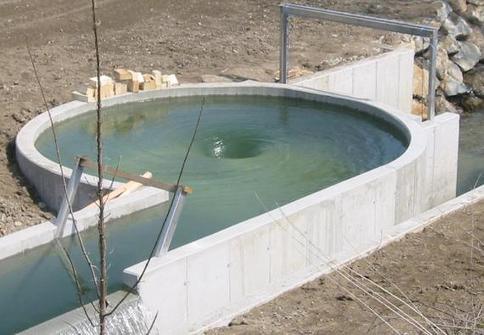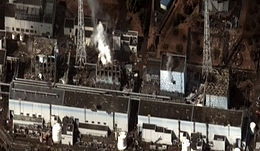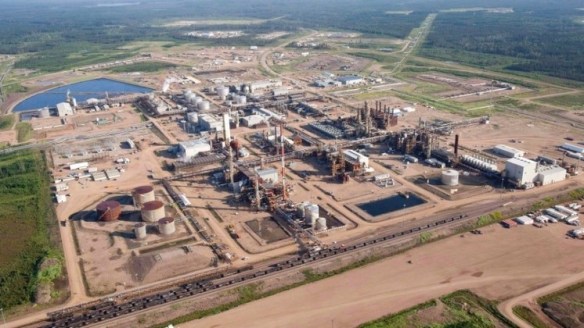
Four years after the Fukushima nuclear disaster which has caused incredible an ongoing destruction, in the meantime authorities have tried to cover up the serious consequences…
Image source: http://www.theasiasun.com/
Sourced through Scoop.it from: oilprice.com
>” […] Fukushima will likely go down in history as the biggest cover-up of the 21st Century. Governments and corporations are not leveling with citizens about the risks and dangers; similarly, truth itself, as an ethical standard, is at risk of going to shambles as the glue that holds together the trust and belief in society’s institutions. Ultimately, this is an example of how societies fail.
Tens of thousands of Fukushima residents remain in temporary housing more than four years after the horrific disaster of March 2011. Some areas on the outskirts of Fukushima have officially reopened to former residents, but many of those former residents are reluctant to return home because of widespread distrust of government claims that it is okay and safe. […]
According to Japan Times as of March 11, 2015: “There have been quite a few accidents and problems at the Fukushima plant in the past year, and we need to face the reality that they are causing anxiety and anger among people in Fukushima, as explained by Shunichi Tanaka at the Nuclear Regulation Authority. Furthermore, Mr. Tanaka said, there are numerous risks that could cause various accidents and problems.”
Even more ominously, Seiichi Mizuno, a former member of Japan’s House of Councillors (Upper House of Parliament, 1995-2001) in March 2015 said: “The biggest problem is the melt-through of reactor cores… We have groundwater contamination… The idea that the contaminated water is somehow blocked in the harbor is especially absurd. It is leaking directly into the ocean. There’s evidence of more than 40 known hotspot areas where extremely contaminated water is flowing directly into the ocean… We face huge problems with no prospect of solution.”
At Fukushima, each reactor required one million gallons of water per minute for cooling, but when the tsunami hit, the backup diesel generators were drowned. Units 1, 2, and 3 had meltdowns within days. There were four hydrogen explosions. Thereafter, the melting cores burrowed into the container vessels, maybe into the earth. […]
Following the meltdown, the Japanese government did not inform people of the ambient levels of radiation that blew back onto the island. Unfortunately and mistakenly, people fled away from the reactors to the highest radiation levels on the island at the time.
As the disaster happened, enormous levels of radiation hit Tokyo. The highest radiation detected in the Tokyo Metro area was in Saitama with cesium radiation levels detected at 919,000 becquerel (Bq) per square meter, a level almost twice as high as Chernobyl’s “permanent dead zone evacuation limit of 500,000 Bq” (source: Radiation Defense Project). For that reason, Dr. Caldicott strongly advises against travel to Japan and recommends avoiding Japanese food.
Even so, post the Fukushima disaster, Secretary of State Hillary Clinton signed an agreement with Japan that the U.S. would continue importing Japanese foodstuff. Therefore, Dr. Caldicott suggests people not vote for Hillary Clinton. One reckless dangerous precedent is enough for her. […]
Mari Yamaguchi, Associated Press (AP), June 12, 2015: “Four years after an earthquake and tsunami destroyed Japan’s Fukushima nuclear power plant, the road ahead remains riddled with unknowns… Experts have yet to pinpoint the exact location of the melted fuel inside the three reactors and study it, and still need to develop robots capable of working safely in such highly radioactive conditions. And then there’s the question of what to do with the waste… serious doubts about whether the cleanup can be completed within 40 years.” […]
According to the Smithsonian, April 30, 2015: “Birds Are in a Tailspin Four Years After Fukushima: Bird species are in sharp decline, and it is getting worse over time… Where it’s much, much hotter, it’s dead silent. You’ll see one or two birds if you’re lucky.” Developmental abnormalities of birds include cataracts, tumors, and asymmetries. Birds are spotted with strange white patches on their feathers.
Maya Moore, a former NHK news anchor, authored a book about the disaster:The Rose Garden of Fukushima (Tankobon, 2014), about the roses of Mr. Katsuhide Okada. Today, the garden has perished: “It’s just poisoned wasteland. The last time Mr. Okada actually went back there, he found baby crows that could not fly, that were blind. Mutations have begun with animals, with birds.” […] “<
See on Scoop.it – Green & Sustainable News





















